

As I hinted at in my review of Monster Hunter 4 Utlimate, I’m frustrated with the current MMO market. I won’t say it’s dying, dead, or diseased, but it’s changed. What started out as worlds with no instancing and fairly harsh death penalties has become mostly glorified, graphical lobbies thanks to World of Warcraft. It’s not bad, but it’s limited. However, I feel like certain games have learned from their non-MMO counter parts, which we’ve seen in the latest voxel obsession from various development teams hoping to cash in on Minecraft‘s fan base. This willingness to borrow from non-MMOs, perhaps, is what will (or is) ultimately leading to a transformation of the genre.
While the MMO industry is starting to branch out again, it’ll never be the same. For years, we’ve been stuck with a fairly basic recipe for MMO design: players choose a class, spend time leveling up mostly through kill/collection quests spread throughout the game world, optionally taking part in instanced battlegrounds or simple dungeons, and at the end of their leveling, choose to either raid, participate in ranked PvP, or do daily quests for the rest of time, assuming they don’t reroll or quit. There are variations (“You can do 10 or 20 man raiding!”) but let’s be honest: when progress is linked to “best in slot” items that define whether or not you’re successful, it becomes pretty clear that there is a goal set by developers, and those who reach that goal have essentially beat the game. That is, you’re not in a world so much as a story. What’s the difference? Worlds are living, breathing, organic places. Stories have a beginning, middle, and end.
How does this factor into the state of the MMO? Well, allow me to play devil’s advocate for a moment here, as I did with the MH4U review: what if this isn’t a bad thing, just a different thing? People who play(ed) MMOs enjoy other varieties of games too. MMOs are a niche within the gaming genre, one which, especially in the old days, required significant time investment at the least, and often requires various real world skills to play, ranging from basic social and research skills to data mining and modding. Often though, we MMO fans just want to be playing with other people, either directly or indirectly. While we can try to bring back the glory days of punishing, time-intensive gameplay, the audience for that is shrinking. We’ve got jobs and families now, and although there are games catering to those needs, the market’s MMO saturation prevents any of them from being the new Ultima, Everquest, or Asheron’s Call. We’re spread too thin.
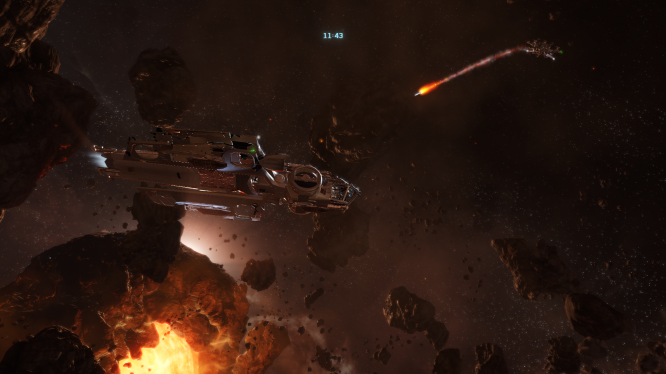
Star Citizen: the final frontier?
So, besides accepting the fact that true MMOs (defined as non-instanced, persistent worlds for players be apart of, rather than worlds primarily filled with tasks to be completed) are a niche product, what options are left? Aside from throwing a fit, we can make other niche products that scratch the itch for certain types of gameplay, or we can make MMOs that are smaller.
Let’s look at Star Citizen, a very good example of an upcoming true MMO. Now, I know someone out there is going to scream, “It has offline mode! It’s not a real MMO!” or “It has instancing!” Let me remind you that this article is about how MMOs can learn from non-MMOs, which is exactly why Star Citizen’s MMO option is a perfect starting point.
The overall game itself is based on flight simulator games, like Wing Commander and Privateer. As a game that has an offline mode, it shouldn’t be surprising that the core is built around the non-MMO genre. I’ve only gotten a small taste of SC at E3 2014, but it basically felt like a flight sim (which I’m not very good at). That’s not a weakness though, it’s a strength. MMO combat, which often requires a huge amount of custom mapping to deal with a myriad of abilities that only slightly differ and may not be used in many situations, is a genre of it’s own, but it’s difficult for non-gamers to pick up. That isn’t to say that difficult controls are a turn off for everyone. Flight sims are not known to be newbie friendly, but Star Citizen immediately gave me options for “easy” controls that scaled to something that intimidated my MMO-control senses. However, I felt comfortable enough playing it after a few minutes, even though I’m not usually a flight sim fan.
And this is how you hook players. Star Citizen is not just a flight sim game, and that’s why it caught my eye. Meaningful economics (thank you item decay/destruction!), bases, a bar for role-playing interaction, an FPS mode… the game is huge. Even intimidating. However, from the concept and current progress, I can see why Star Citizen was funded. I suck at flight sims, but I can practice in the offline mode. When I’m ready, I can go online. The game has instancing, but it’s based on preferences, which effectively act almost like a difficulty setting: you get more rewards from enabling higher PvP levels than PvE. Heck, if I don’t like flight sims at all, I can just join someone’s crew and do mercenary work for the FPS part of the game!
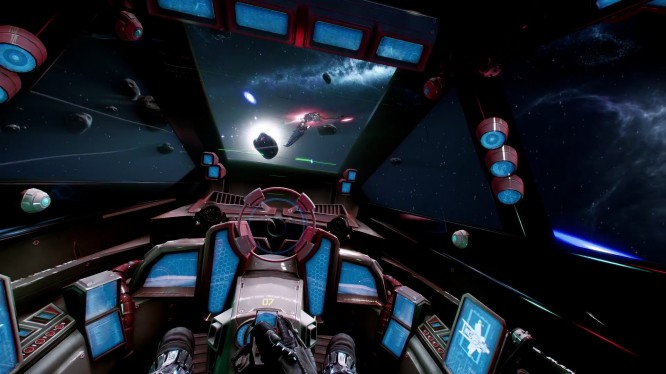
While some people complain about “feature creep” (the idea that a game can have too many features that may bog down the development process), having a wide variety of gameplay also attracts a wider audience. If other parts of the game scale in difficulty and feel accessible, you have more players participating in more game activities. This is what gives MMOs that first M- not by funneling players into objective based missions, but by giving them a variety of options and various difficulty levels that teach them the game from the start.
But let’s be honest: Star Citizen is the exception, not the rule. Not every game will have players throwing money at them before the game is even complete, and we’ve yet to see how all these components come together. It could just be an inverse of Star Wars: The Old Republic, with it’s Star Fox like space game feeling very disconnected and underdeveloped compared to it’s other modes (both it’s linear space missions and free-flight, battleground missions). That’s why I also suggested abandoning the current “true MMO” model and going for something a bit different.
It’s no accident that I ended the last section with a reference to SWTOR. It is a game that has several fun components, but as a whole, doesn’t feel like it works. Star Wars Galaxies pulled off the MMO combat plus space game combination quite well, and even had a card game, but Bioware hasn’t been able to link its features quiet as well.
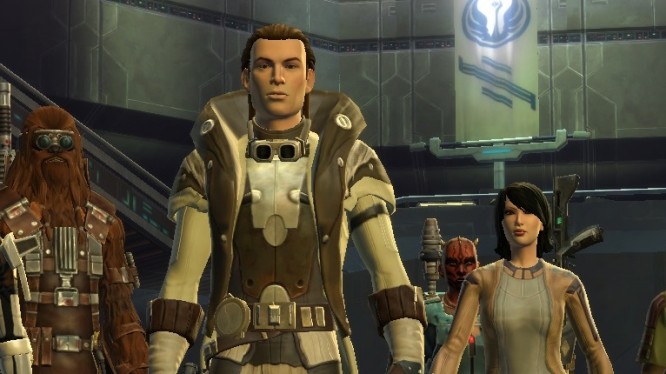
What’s a legacy good for?
SWTOR is a very story driven game, and to experience it, you do a lot of very dull tasks. You know the type:kill 10 rats, retrieve 5 tails. You have to do some of this if you want to try out the on the rails Star Fox missions, and lord knows neither of these prepare you for raiding, which is the content that gets the most attention.
But what if SWTOR did something different. What if, instead of trying to be an “everything box” like SC is trying, if it had launched as a multiplayer RPG. Bioware’s Dragon Age and Mass Effect series in recent installments are doing well as single player games. SWTOR‘s stories were what drew many people to the game. What if Bioware dropped raiding, dropped PvP, dropped the space game, and simple had polished the game to be more of an RPG with multiplayer options? You can attract more RPG fans by focusing more quality work on the story experience, but attract the MMO fans with the multiplayer (not Massively multiplayer) elements.
Not everyone likes it, but the game’s “dice rolling” during cut-scenes brought a social side to the RPG genre I had never expected to see nor enjoy. For those who don’t know, during certain quests and missions, players in SWTOR who are grouped together for the same activity are given not only dialogue options, but mission options to vote on as they make progress. Whoever wins the dice roll gets their way (i.e. Telling a Jedi to get lost, or killing an innocent man you were wrongfully paid to kill), and the story would continue from that perspective. Some people didn’t like that, but to complete certain missions, they either had to play with a group or come back when the mission was too easy. Being able to repeat some of the content didn’t always make sense, but it could be fun.
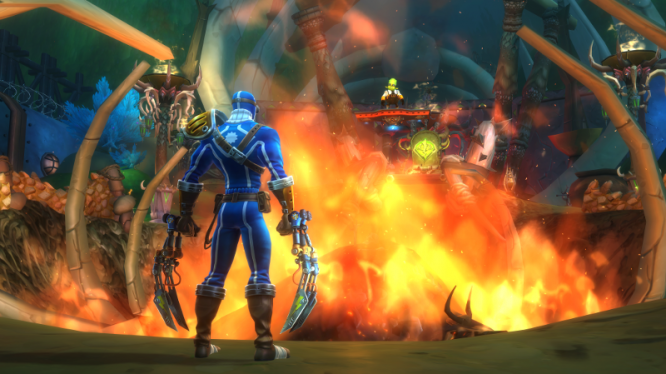
What Bioware could have done is set the game up as a pure RPG with multiplayer options. Cutting raiding from the game would actually attract more players I think, since raid centric WildStar‘s falling popularity is proving that people are really over that model of MMO. Missions could scale as players see fit: solo to small groups. Instead of requiring people to be on the same quest, you could either “hire mercenaries” (players who might receive different rewards for helping another player) or “form a squad” (work together and share dialogue options). This would allow players to see more cut scenes, both different options and from other classes (from those who hate alts). “Mercenaries” could, perhaps, receive gear for that class’s story to give to alts when/if they want to experience the story for themselves, or, you know, sell it.
But what of monetization? While you could keep vanity items for fun, what about downloadable content (DLC)? Rather than going with a subscription model and trying to encourage people to keep paying for the game or giving it away for free, many other recent Bioware games charge a box price and release side stories and “fluff” (costume packs, extra dialogue banter, etc). Bioware, being more known for their story abilities than ability to construct raid encounters or balance servers for world PvP, could then focus on something more small scale that I feel many MMO fans who enjoy story would be able to purchase and play with their friends (both fellow MMO fans and general gaming fans). No, it’s not a true MMO, but if we’re basically building lobbies anyway, why not be honest about it, start from that point, and move forward? It seems to work for Monster Hunter.
This is just the tip of the iceberg though. As readers may have noticed, I dropped an “M” from MMO in my suggestions for making a different SWTOR. Next time, I’d like to discuss how that “M” can return in ways that MMOs, for the most part, have neglected, but the rest of the gaming industry often utilizes.

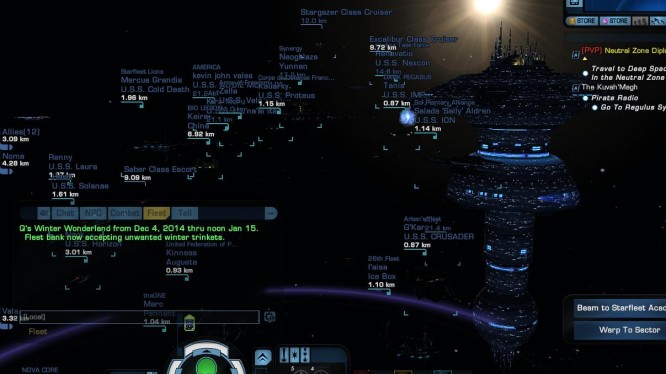
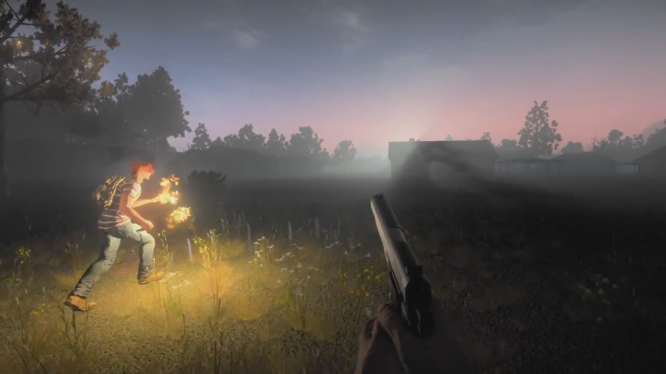
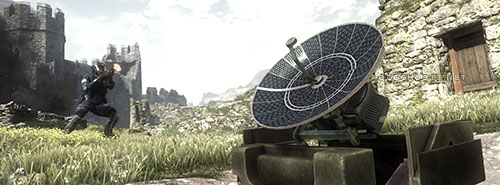
 Beta Data: August 28, 2015 .
Beta Data: August 28, 2015 . Planetside 2: In the Limelight...PhirePhrey .
Planetside 2: In the Limelight...PhirePhrey .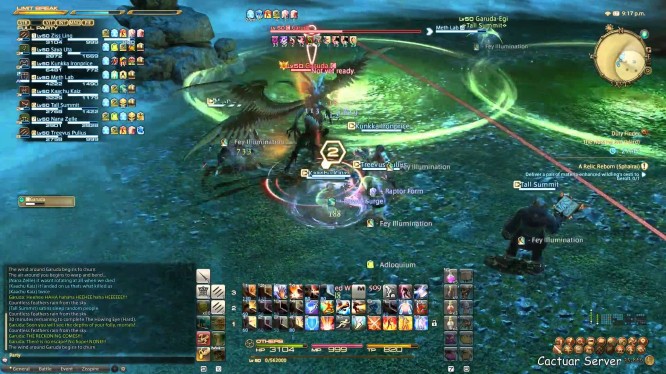 Listed: 5 Reasons You Need to Play Final Fantasy XIV .
Listed: 5 Reasons You Need to Play Final Fantasy XIV . What MMOs Learn from Non-MMOs Part 1: MMOs as a Changing Niche .
What MMOs Learn from Non-MMOs Part 1: MMOs as a Changing Niche . Metal Gear Solid V: The Phantom Pain Guide: How To Unlock DLC And Hidden Items On PC
Metal Gear Solid V: The Phantom Pain Guide: How To Unlock DLC And Hidden Items On PC